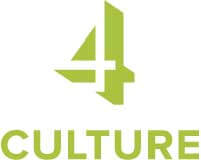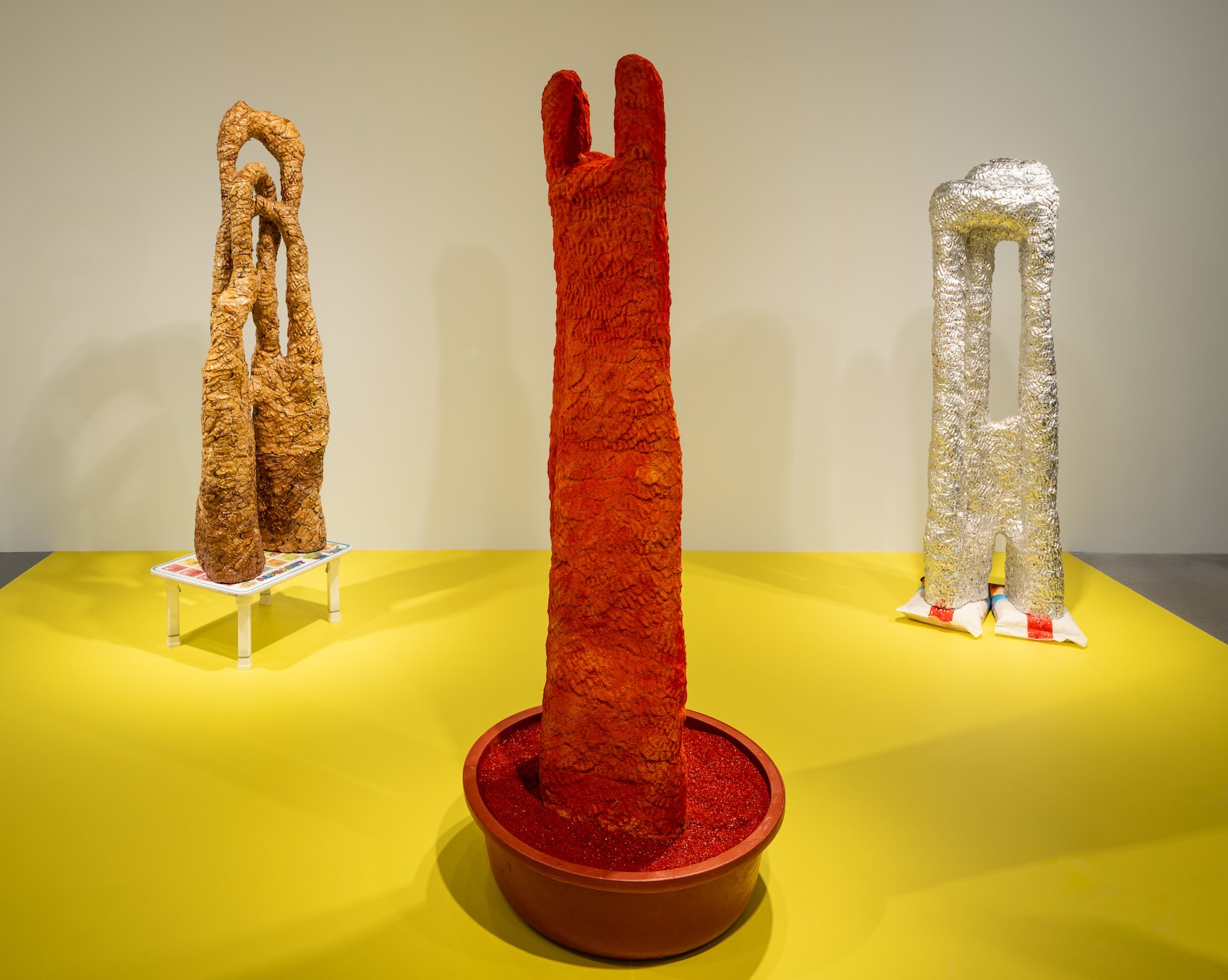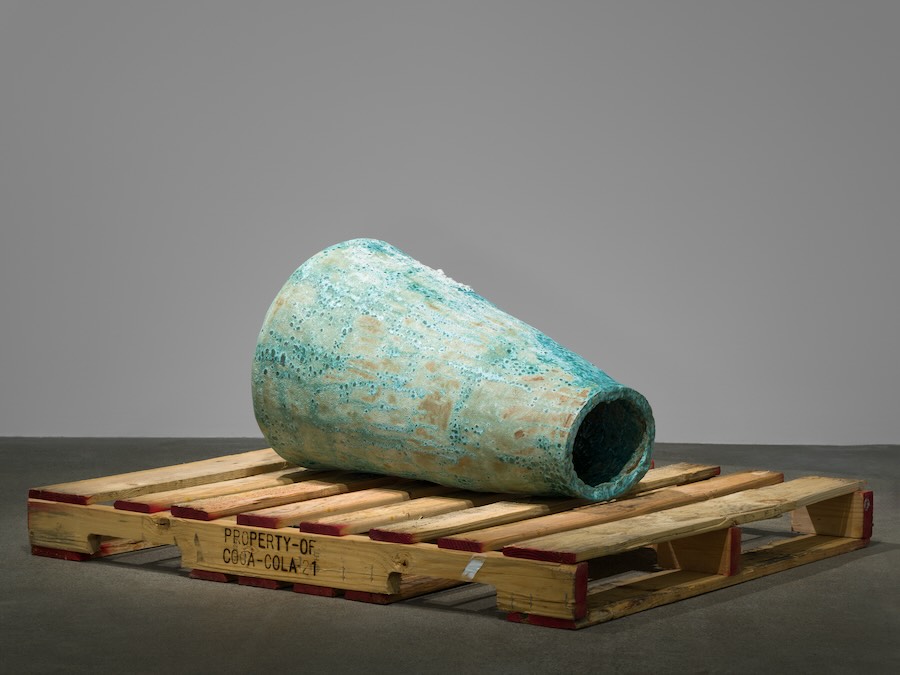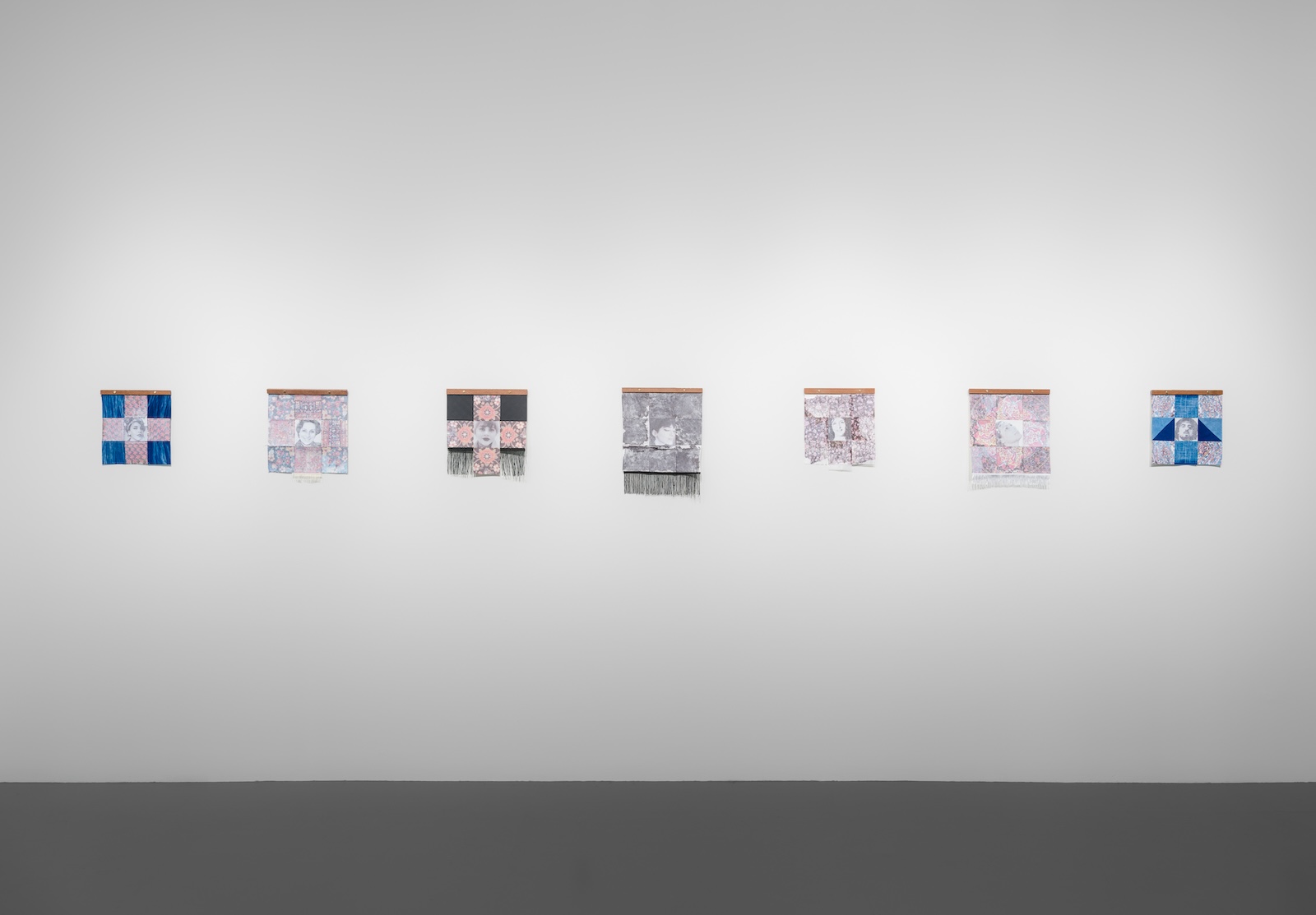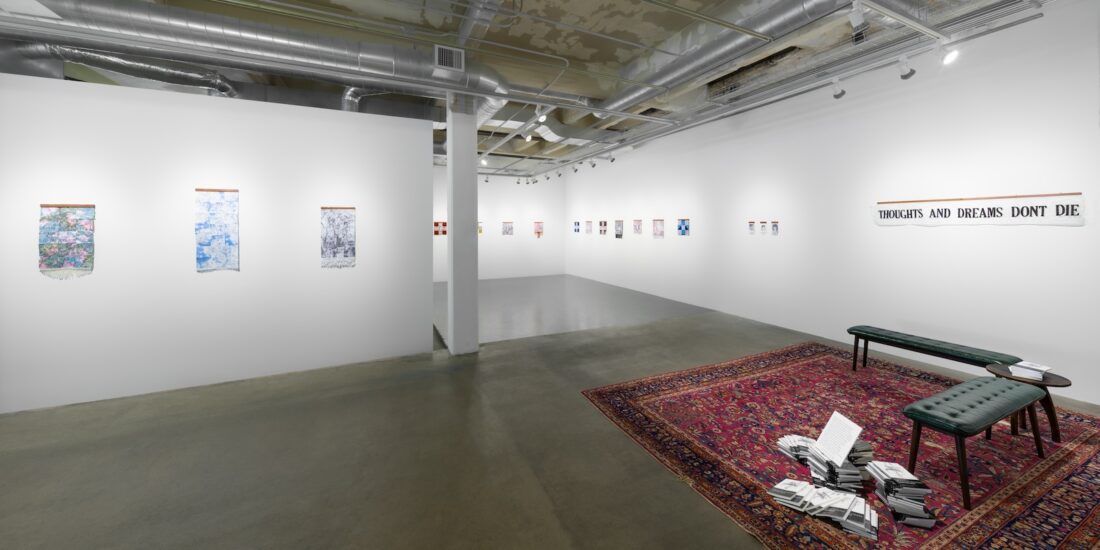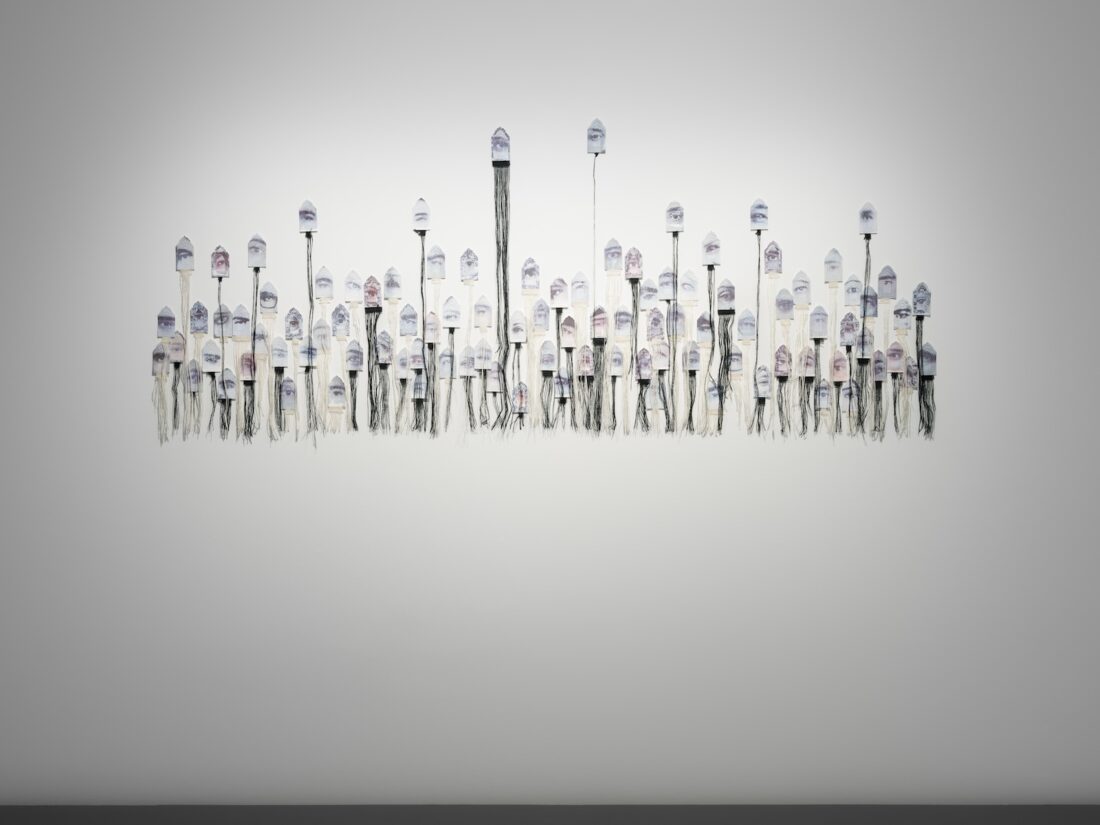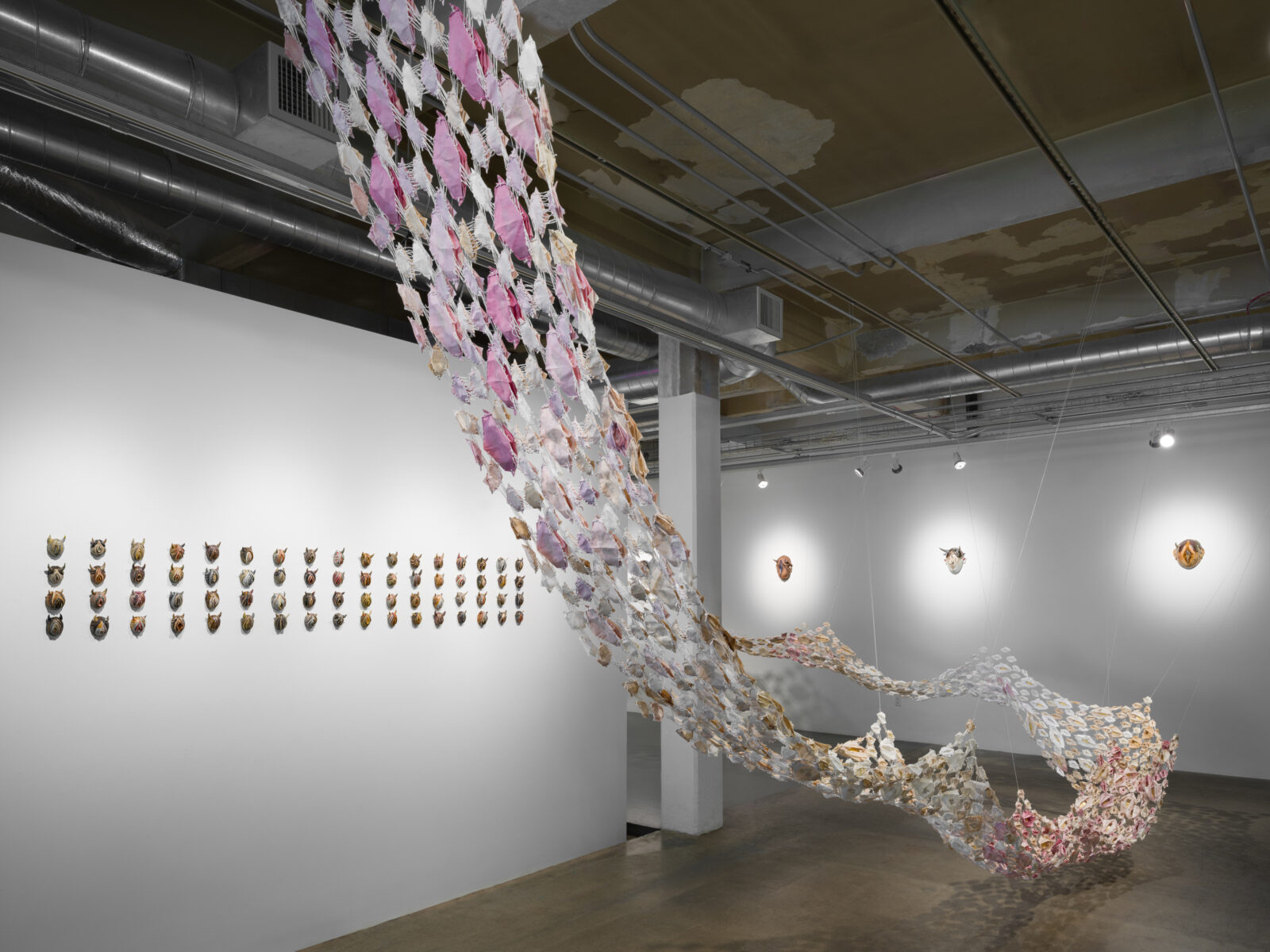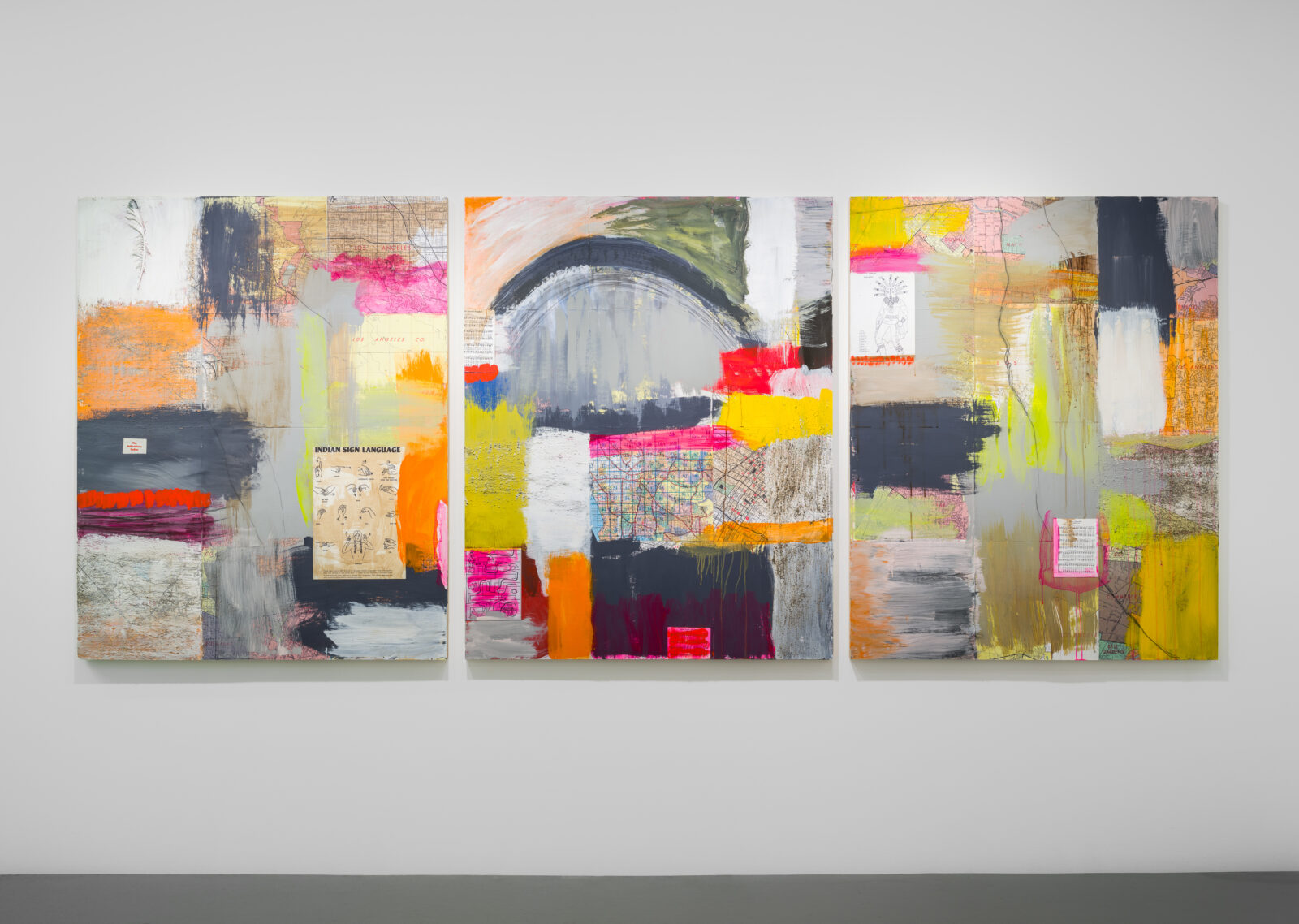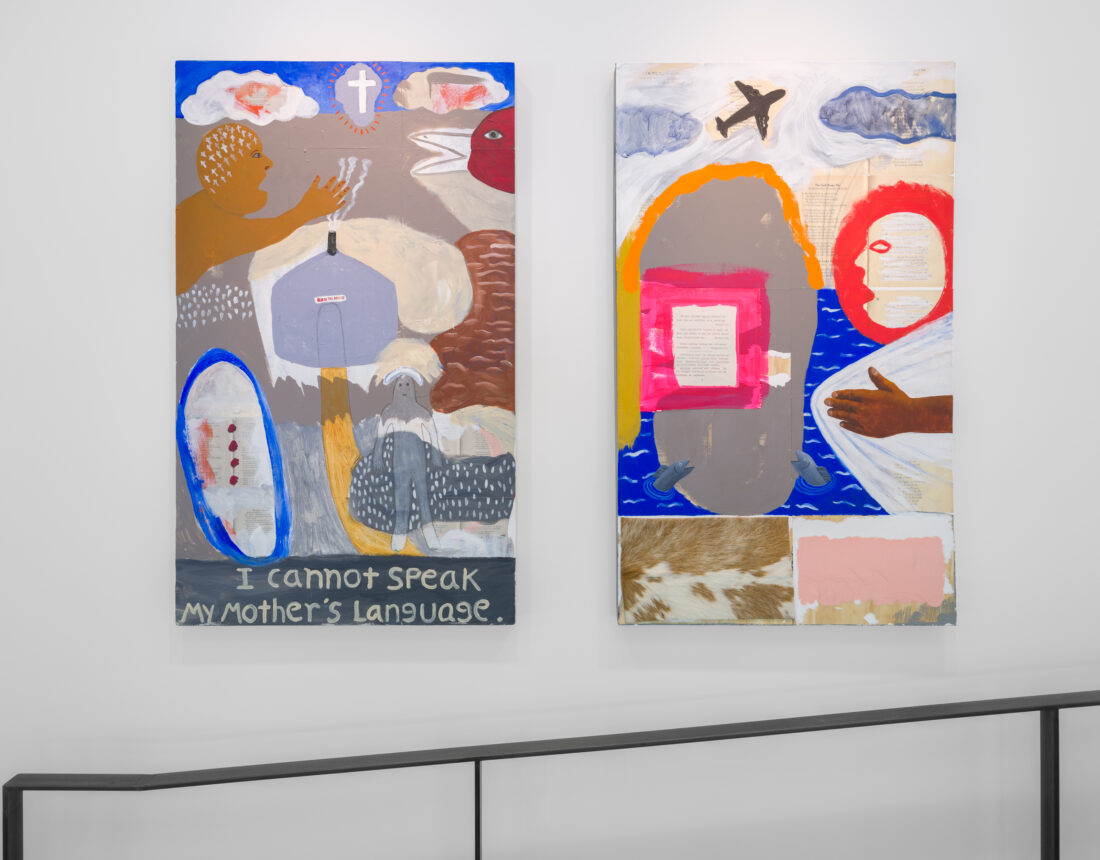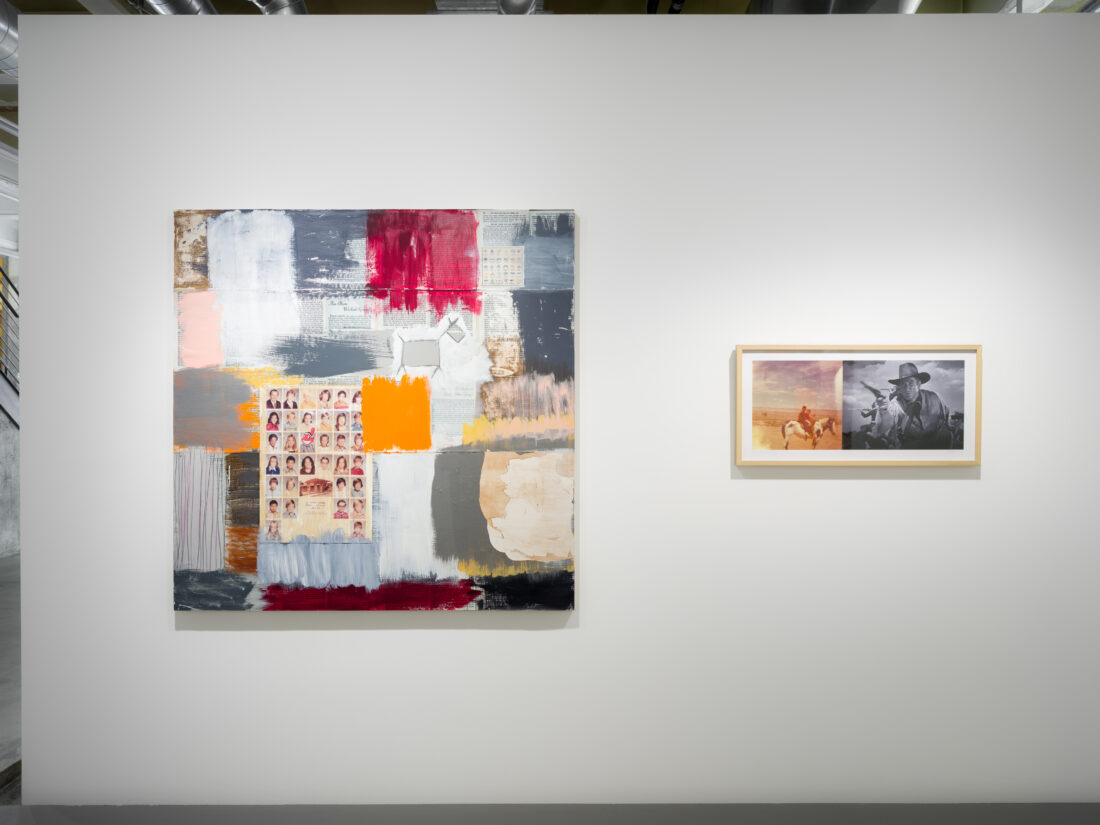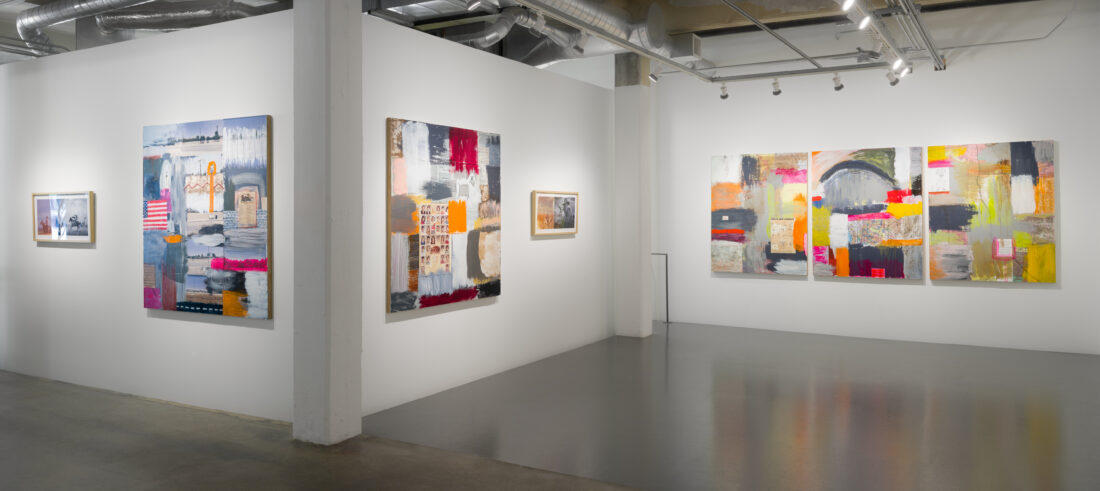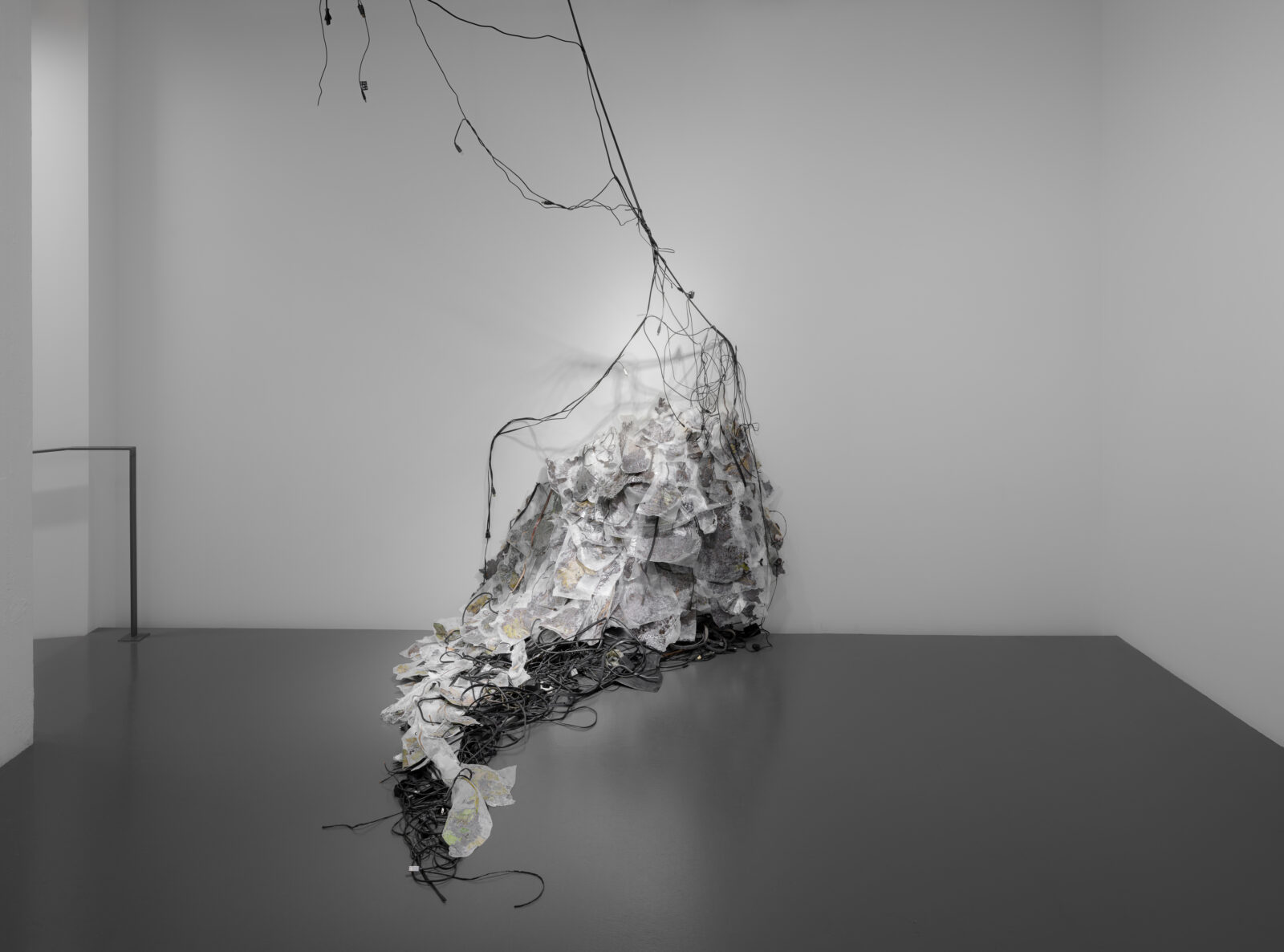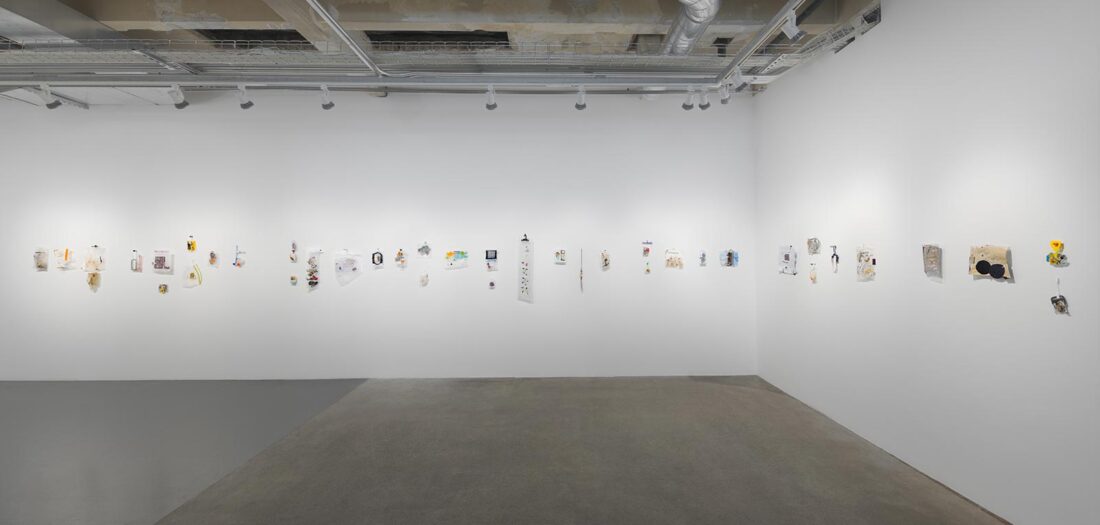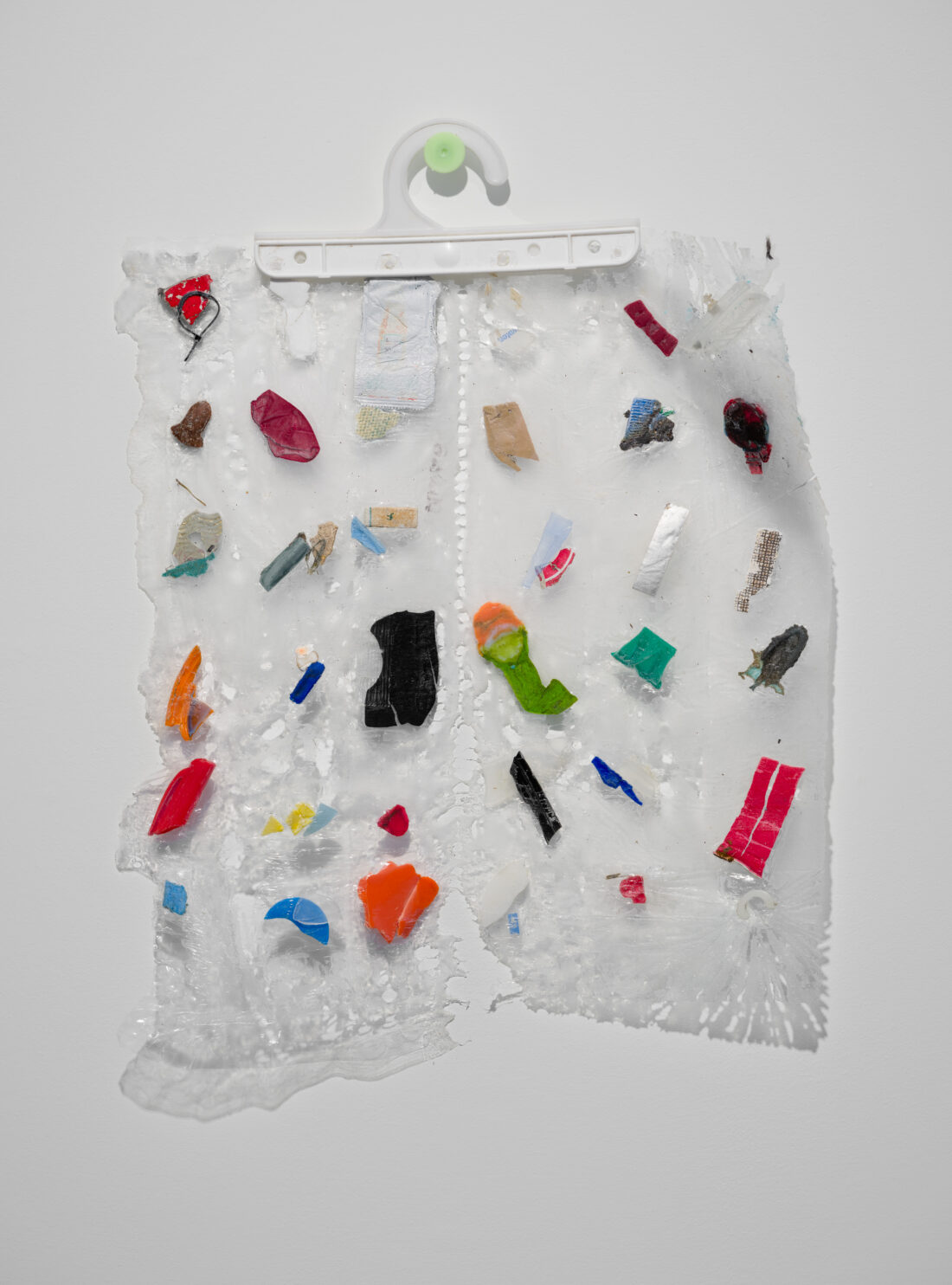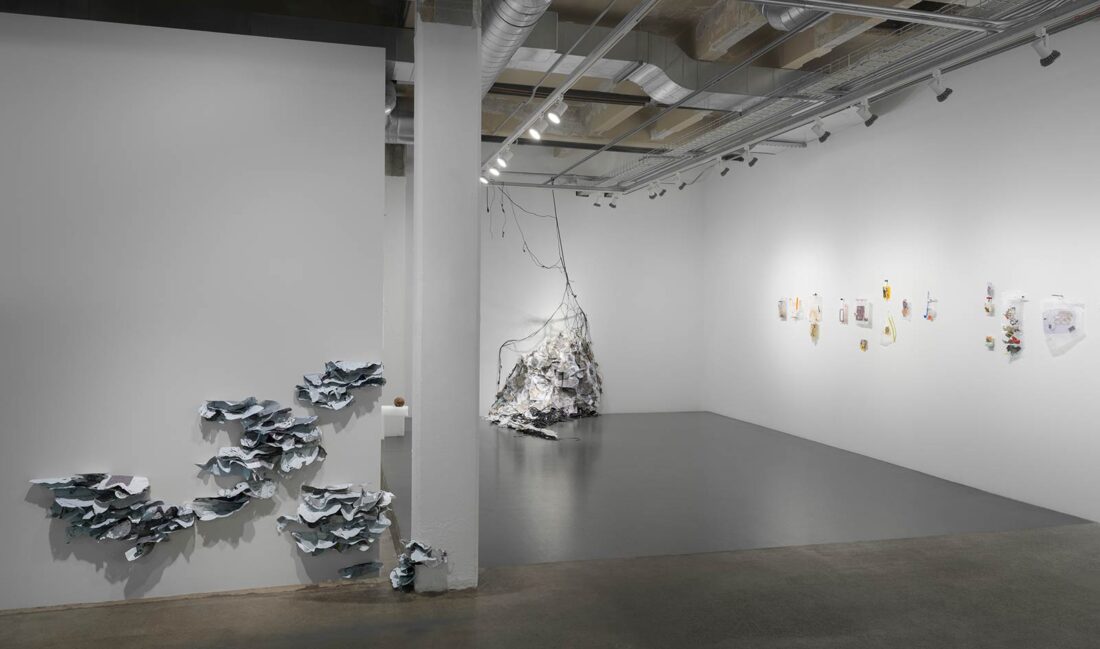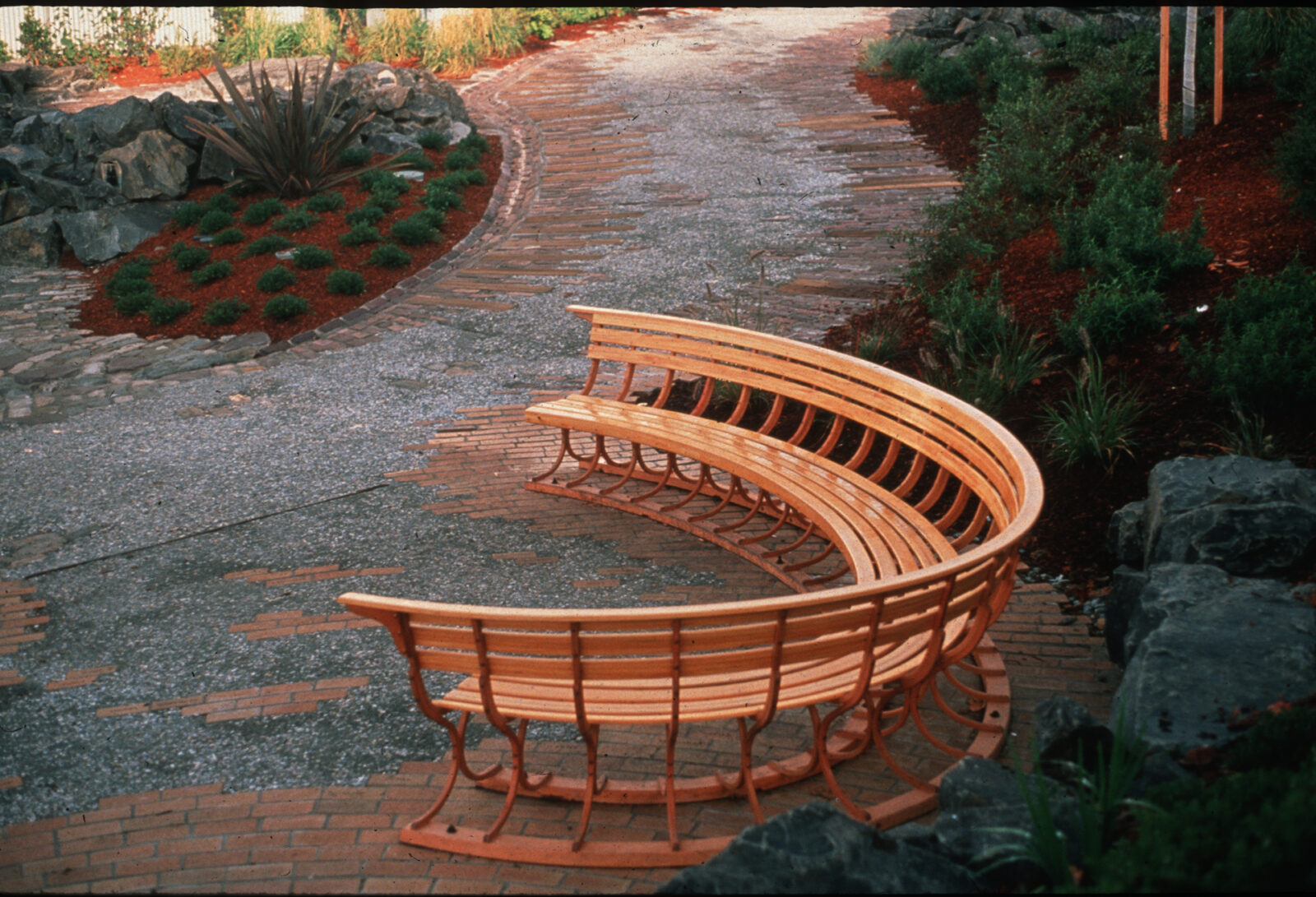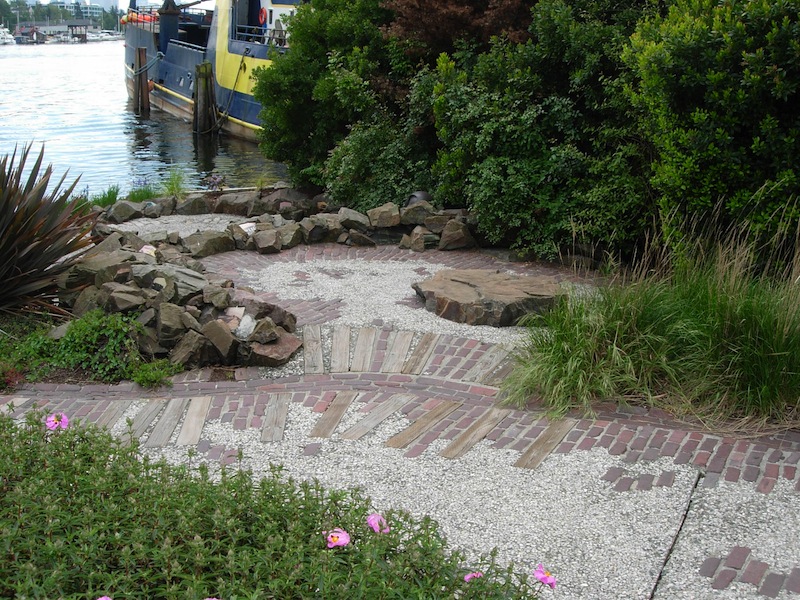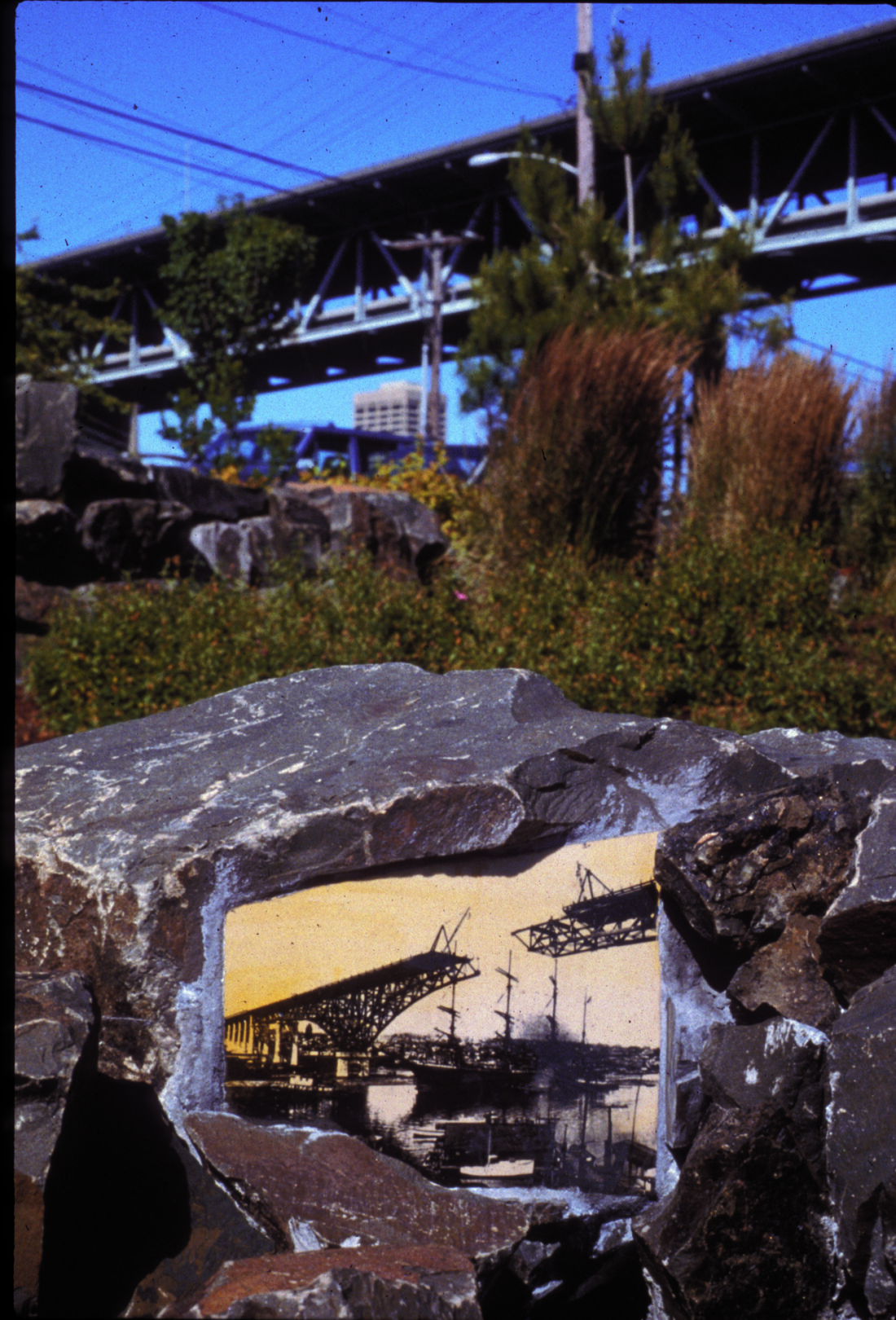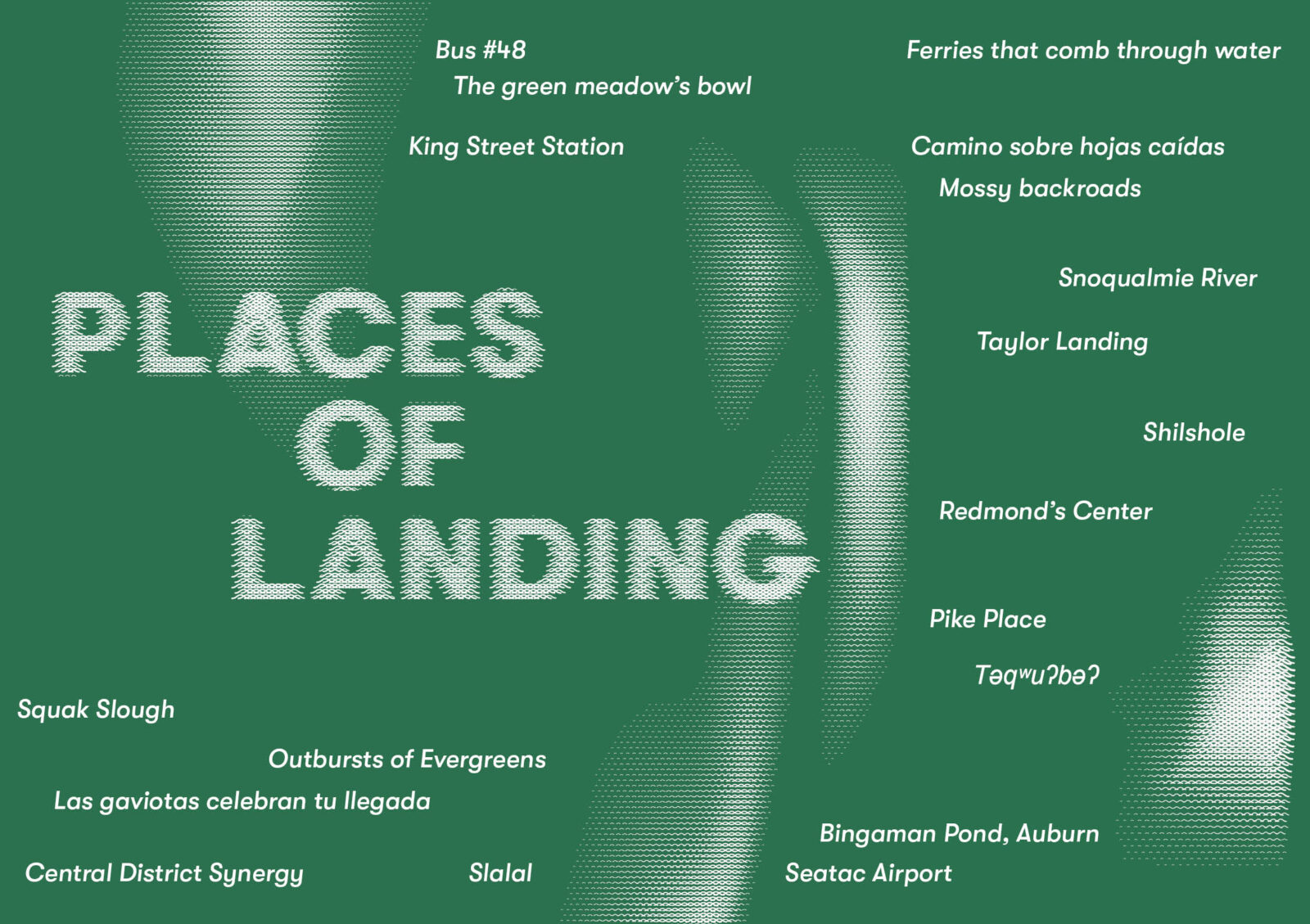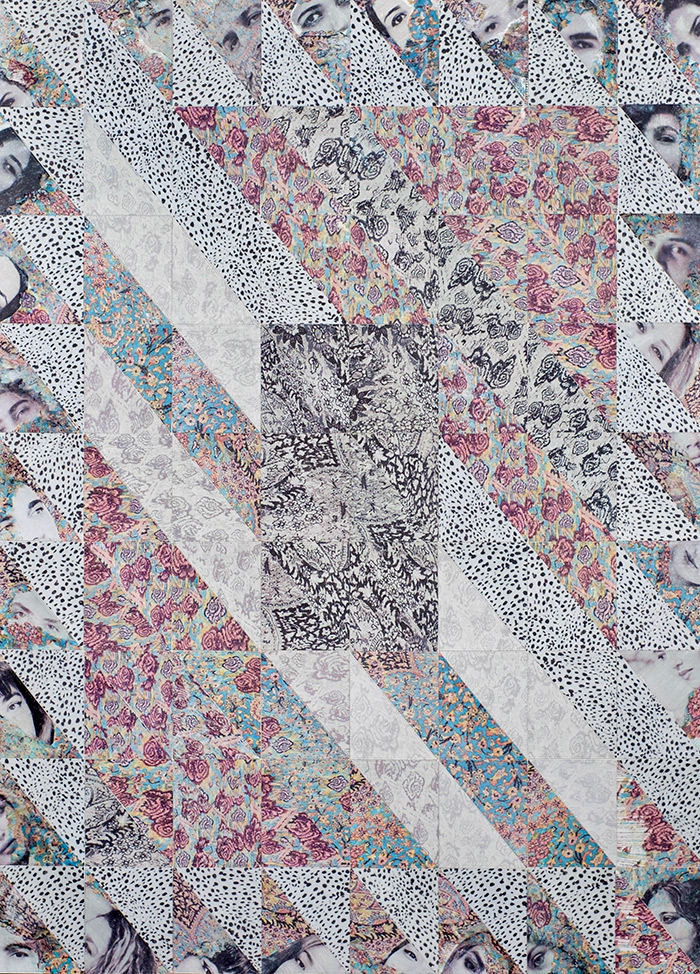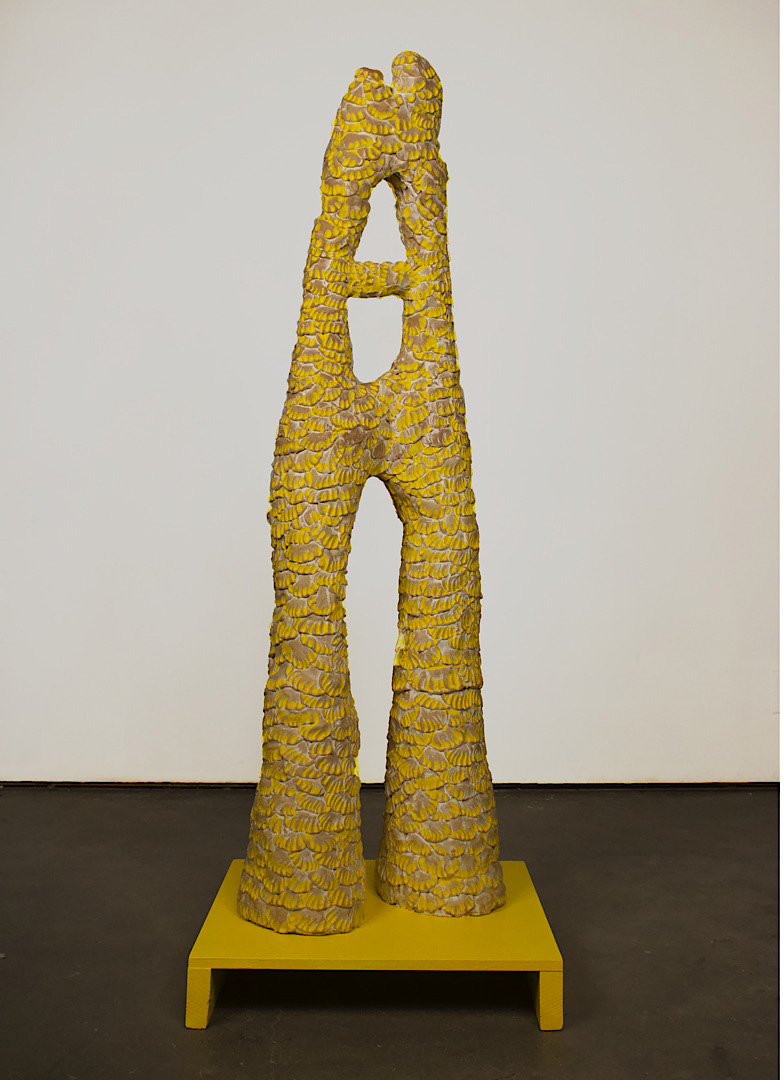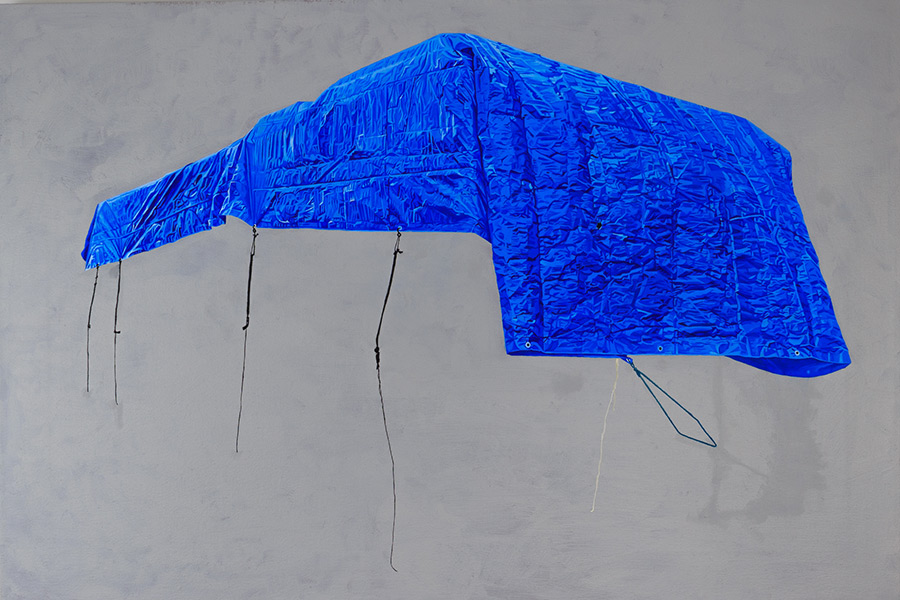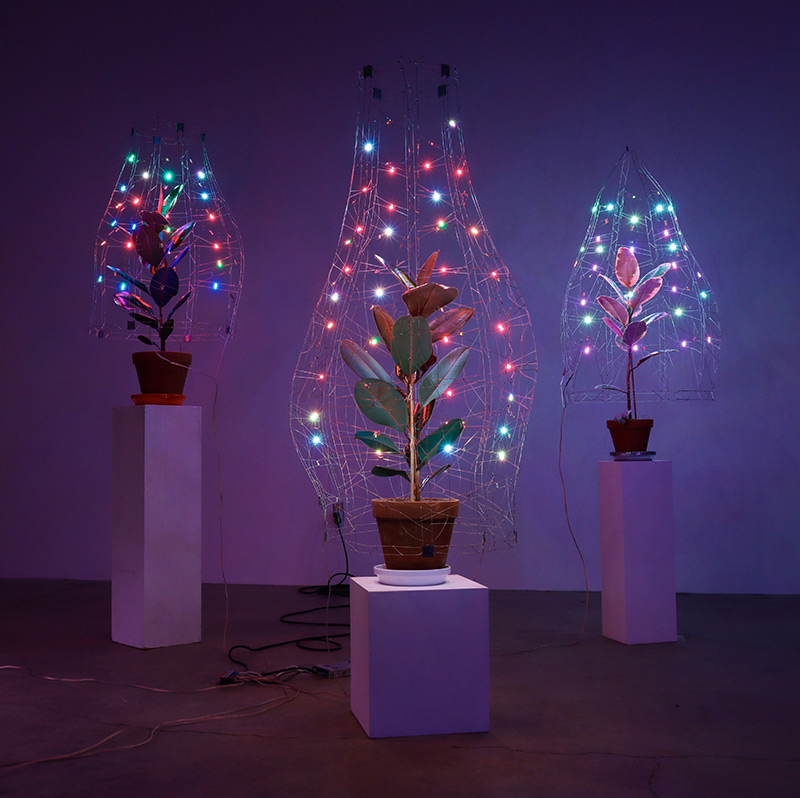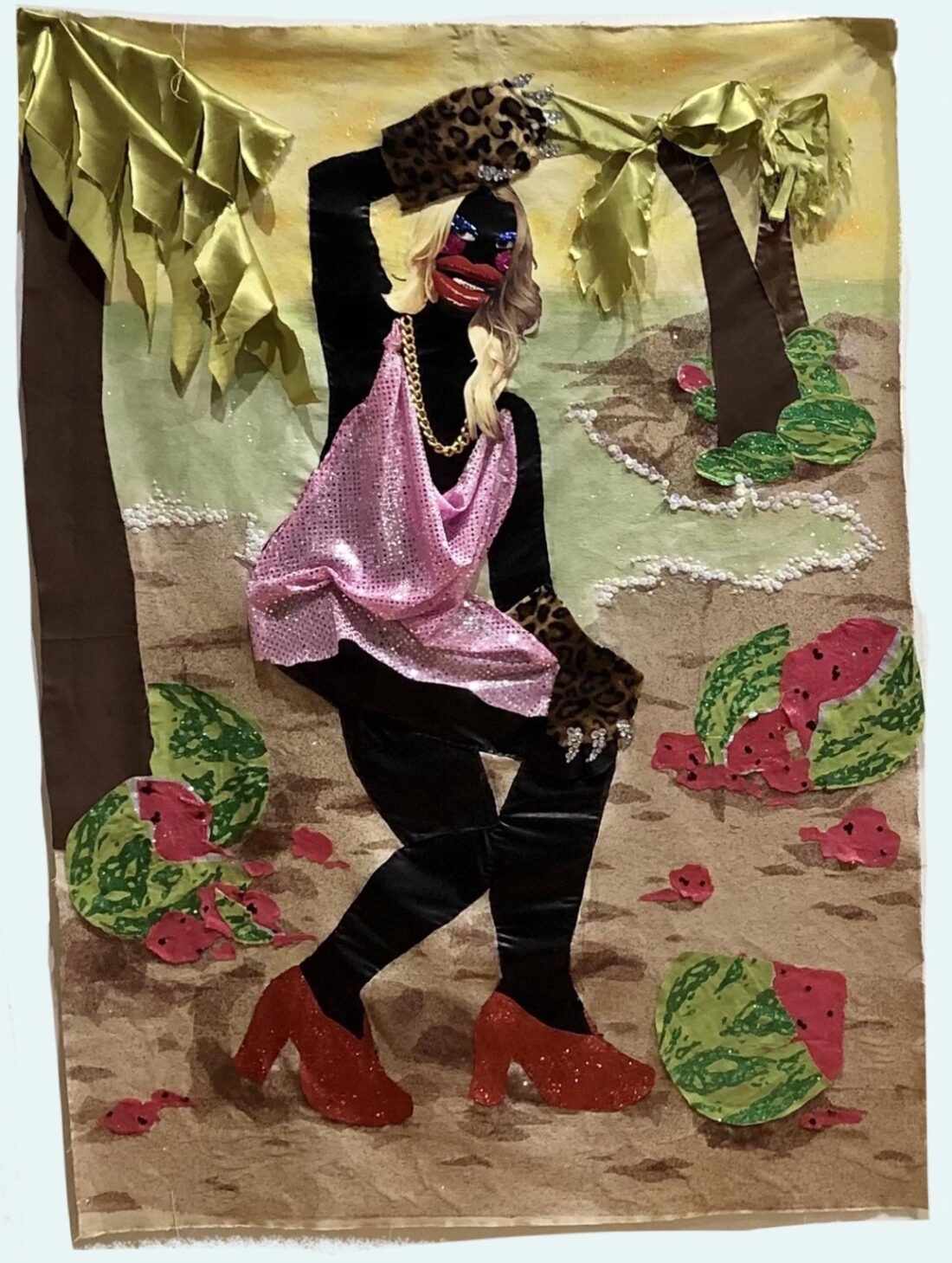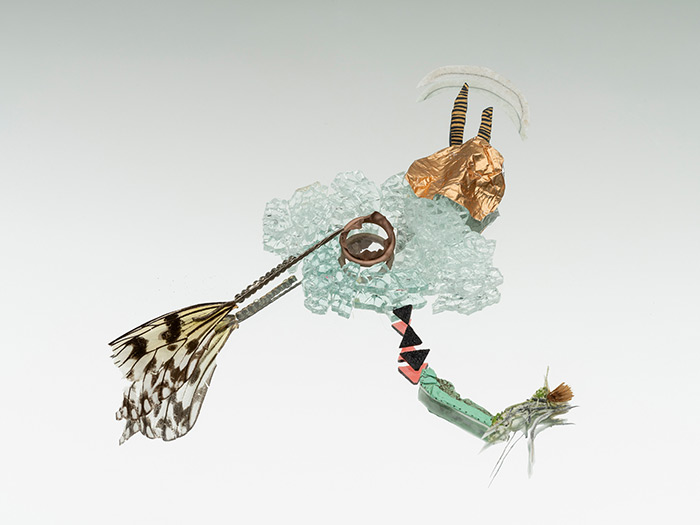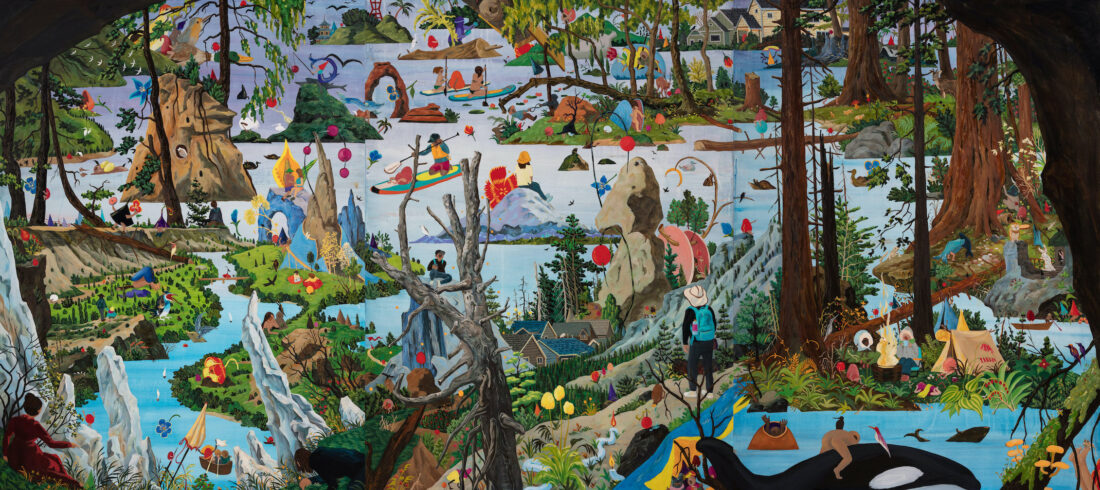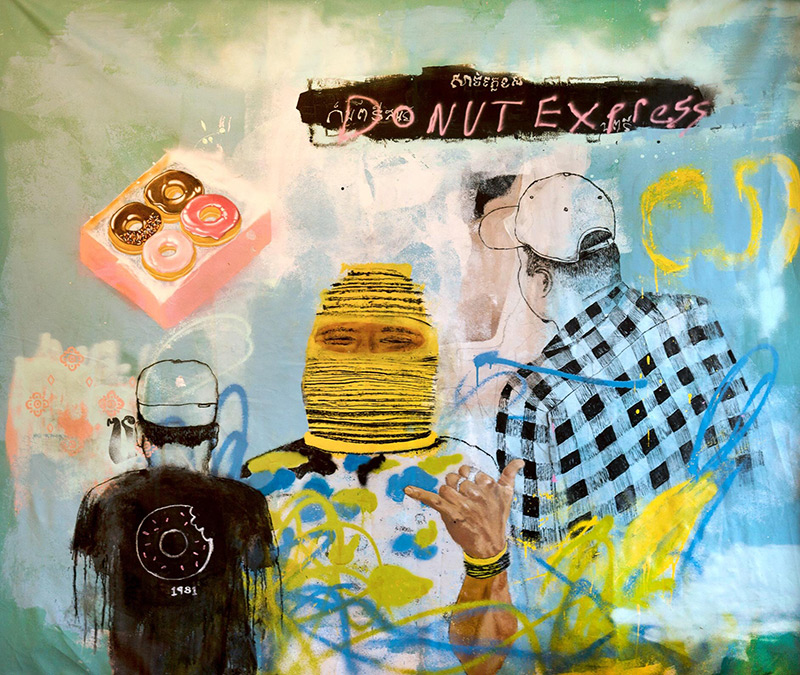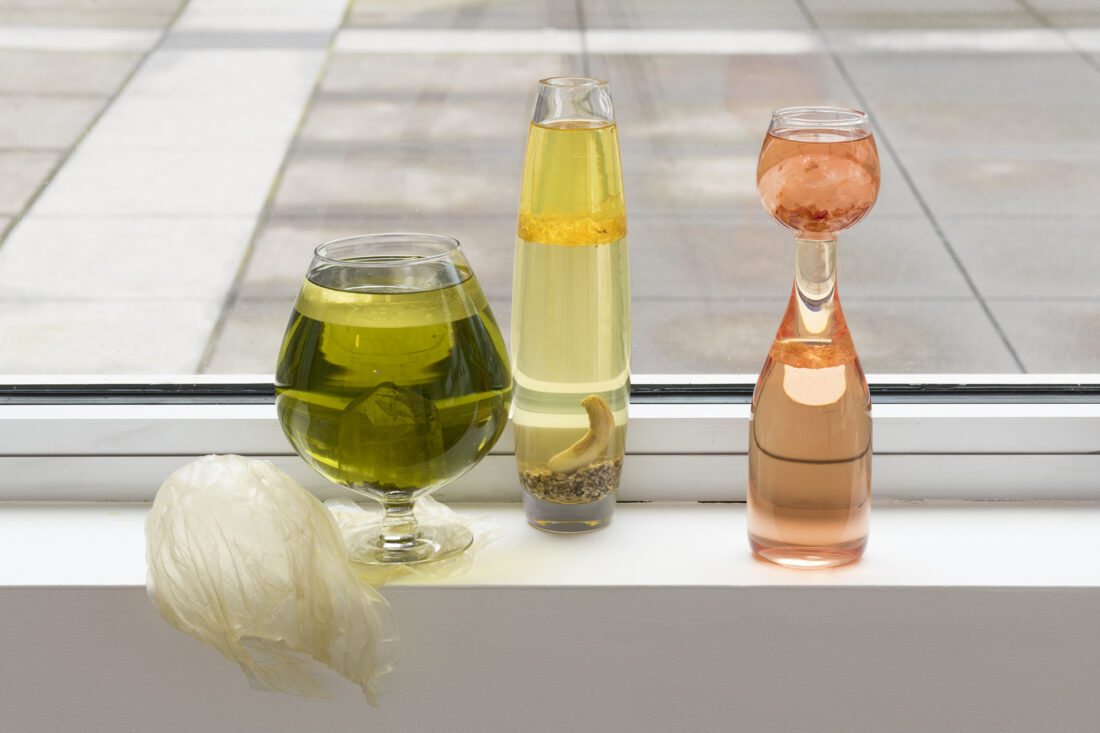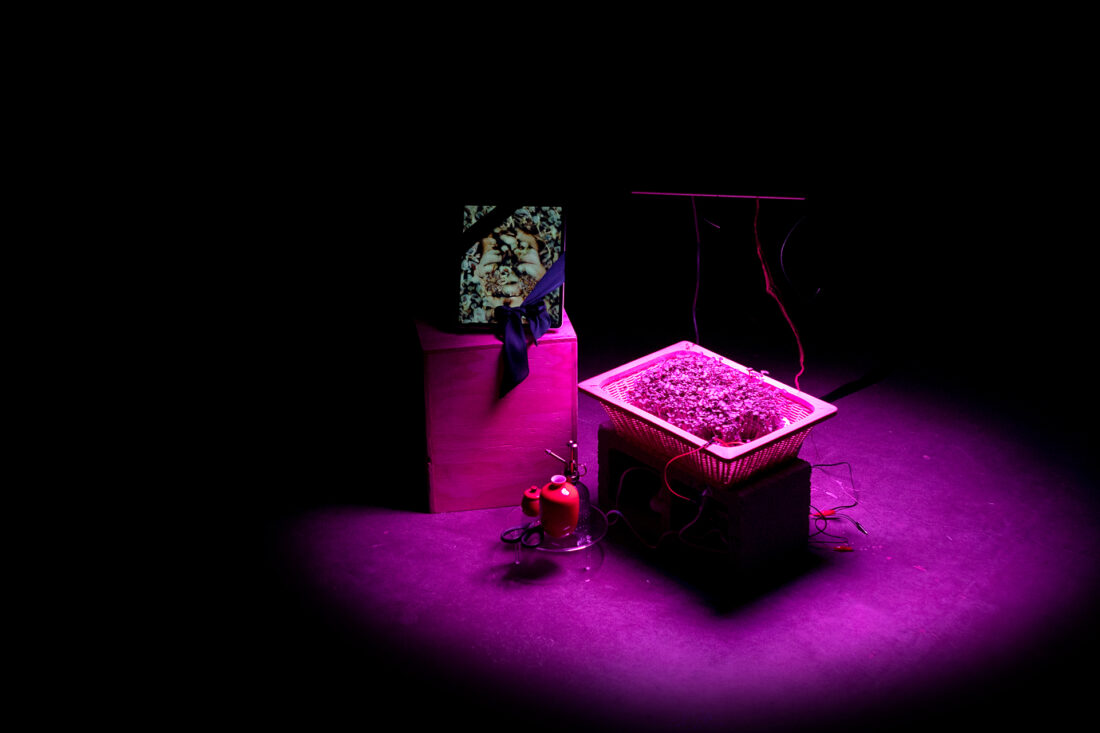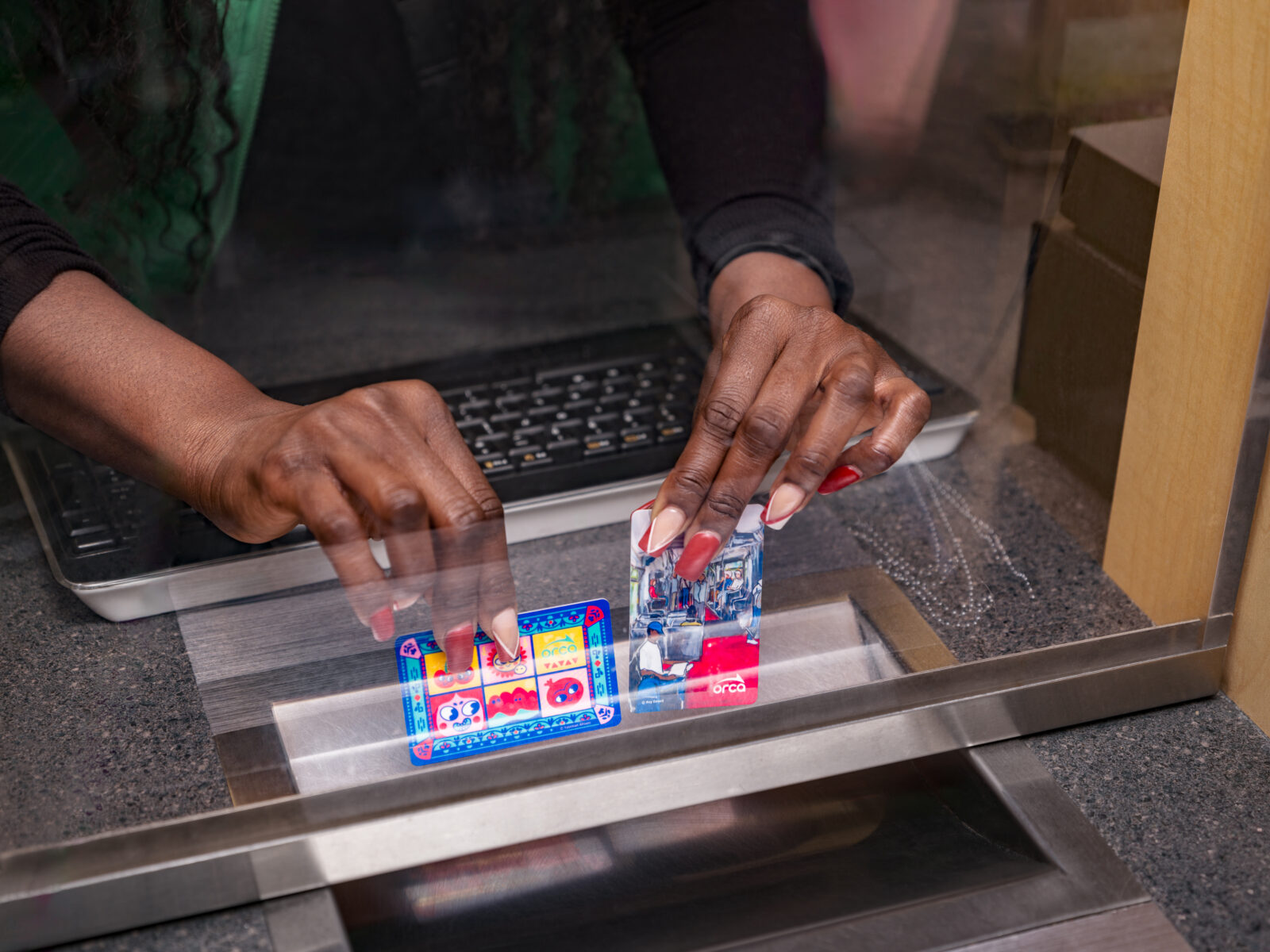On the Edges: JoEllen Wang illuminates gray areas in Marginalia
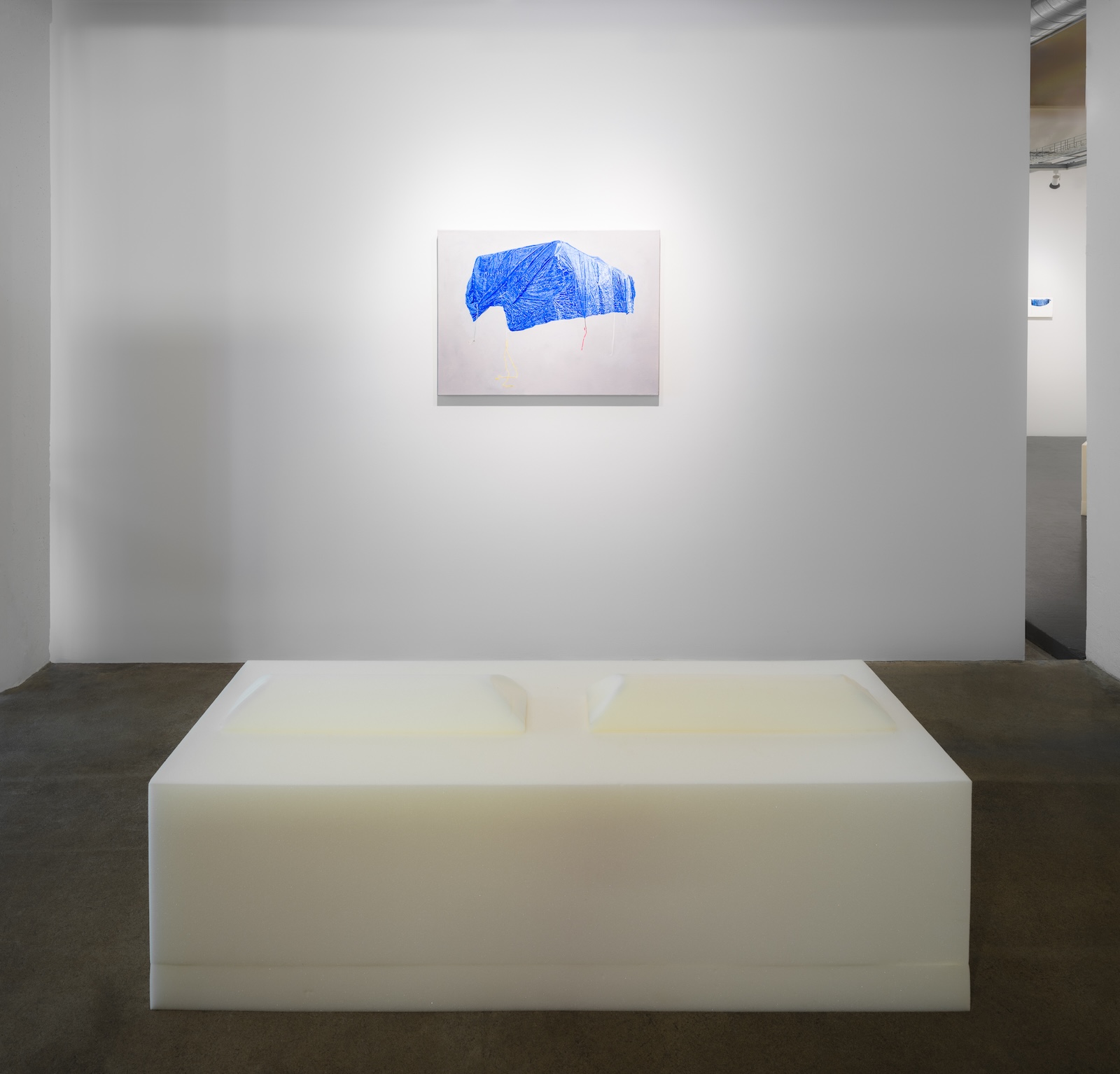
Back in 2008, JoEllen Wang was living in Ballard near Interbay, an in-between zone where RVs often parked. She found them charming, nostalgic. To her, in their autonomous freedom to roam, they hinted at the American dream. She started painting little portraits of them.
Continue Reading ›
Back in 2008, JoEllen Wang was living in Ballard near Interbay, an in-between zone where RVs often parked. She found them charming, nostalgic. To her, in their autonomous freedom to roam, they hinted at the American dream. She started painting little portraits of them.
Over the years, as the region’s affordability issues intensified, the city began to remove RVs from the streets of Wang’s neighborhood. “They’d scrape them up and haul them away,” she says. “But they’d always come back, and they’d just be worse and worse off.” By then, her interest in the RVs had long since become a meditation on the nuances of shelter, choice, and insecurity.
Then the tarps started to appear, strapped to the roofs of deteriorating campers—and Wang started painting them instead. “I couldn’t paint the campers anymore; they were so sad,” she says.
Wang’s current Gallery 4Culture exhibition, Marginalia, includes a variety of her meticulous oil paintings of tarps, both big and small. Their shapes only suggest the mobile dwellings beneath them, resembling anthropomorphized figures teetering on bungie cord legs.
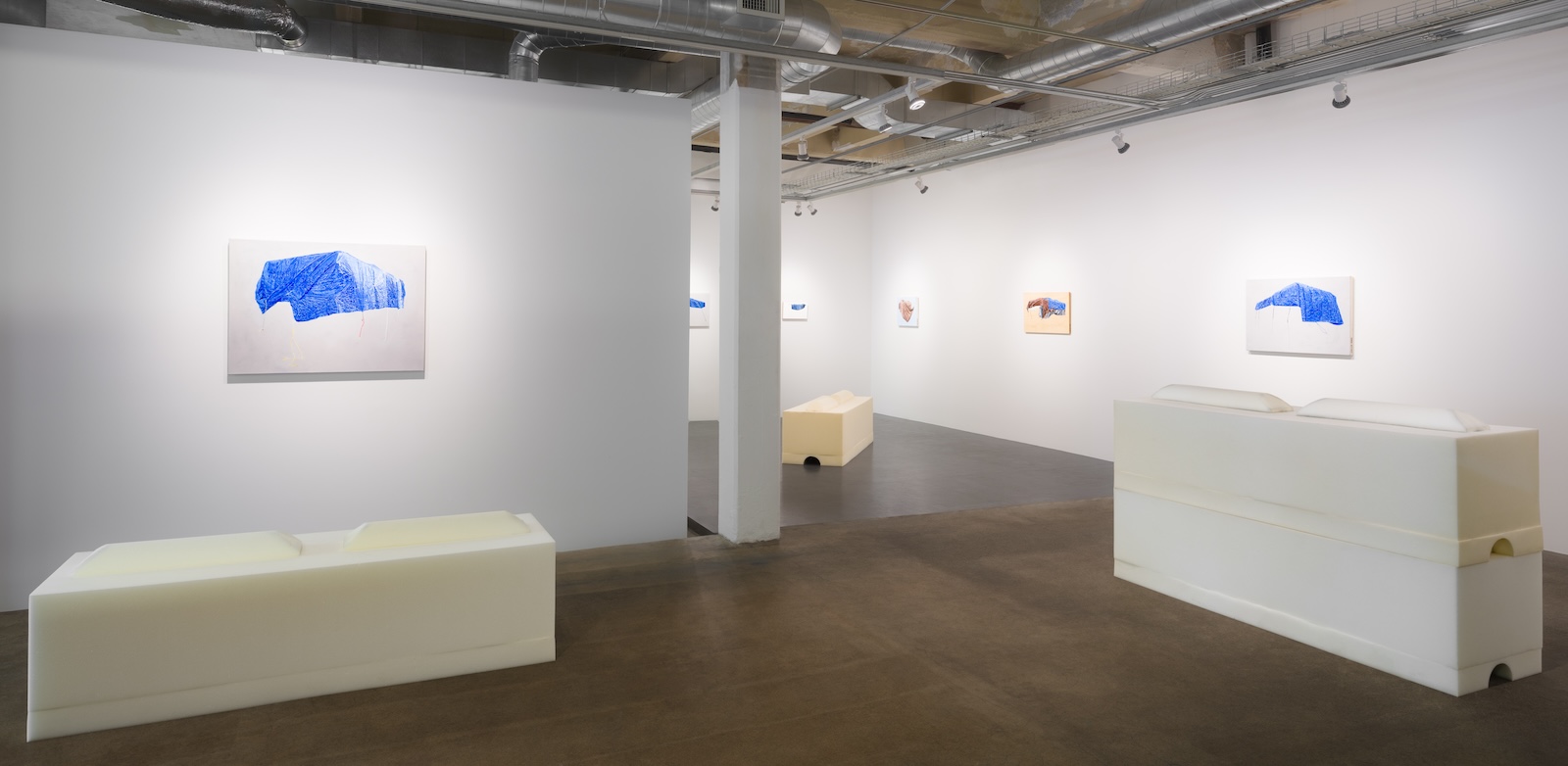
As an architect whose current practice focuses on residential buildings, “structures are part of what I think about and do,” Wang says. “At the time, I was watching my kids build pillow forts in the living room, and I was like, that’s never going to stand up. It’s the same with tarps.”
And yet, every day, people would try again and again to make them stay put. To Wang, the constantly reconfigured, ubiquitous blue sheets were evidence of the human impulse to create a safe space to call your own. They were a sign of life. “They were also just so ridiculous and inept,” she says. “Like, okay, maybe if I put one bungee here and one here, it’ll be fine. Inevitably it’s not fine.”
More and more, Wang found herself thinking about the places where RVs and tarps end up—on the edges of neighborhoods that are neither industrial nor residential, places where blackberries are also inevitably found. Wang questions the term “invasive” and considers blackberries “unfairly villainized,” not unlike RVs and their occupants. She points out that lately these spots are dotted with hulking concrete eco blocks that prevent people from parking on the streets.
“None of this is legal,” she says of the eco blocks and the stationary RVs. “None of this is actually allowed to stay long-term in public parking spaces. But there’s kind of a social norm where one is acceptable and one’s not. It’s a fascinating gray area.”
Each of Wang’s tarp paintings starts with a photo. Whenever she sees a tarp she likes (the more strings and bungies attached to it the better), she’ll take a quick picture. From there, she uses a combination of grid transfer, color-blocking, and projection techniques to render the tarp in hyper-realistic detail, depending on the size of the painting. “I do get kind of sucked in and then I’m like, oh my gosh, how many hours have gone by and I’ve painted two square inches or something.”
In addition to Wang’s paintings, Marginalia also features some of the artist’s work with tarps as the medium rather than the subject. In 2022, she created a temporary installation along the Beacon Hill Greenway, a sloped site beneath high-voltage electrical lines, on the edge of the neighborhood—a place where RVs sometimes park. Inspired by Seattle’s recent proliferation of Eastern Cottontails (which, Wang points out, are not invasive), she created 250 bunnies using tarps for their ears. For their bodies, she vacuum-formed milk jugs that she collected and melted in her toaster oven. Several of the bunnies are now on view, occupying the nooks and crannies of the gallery.
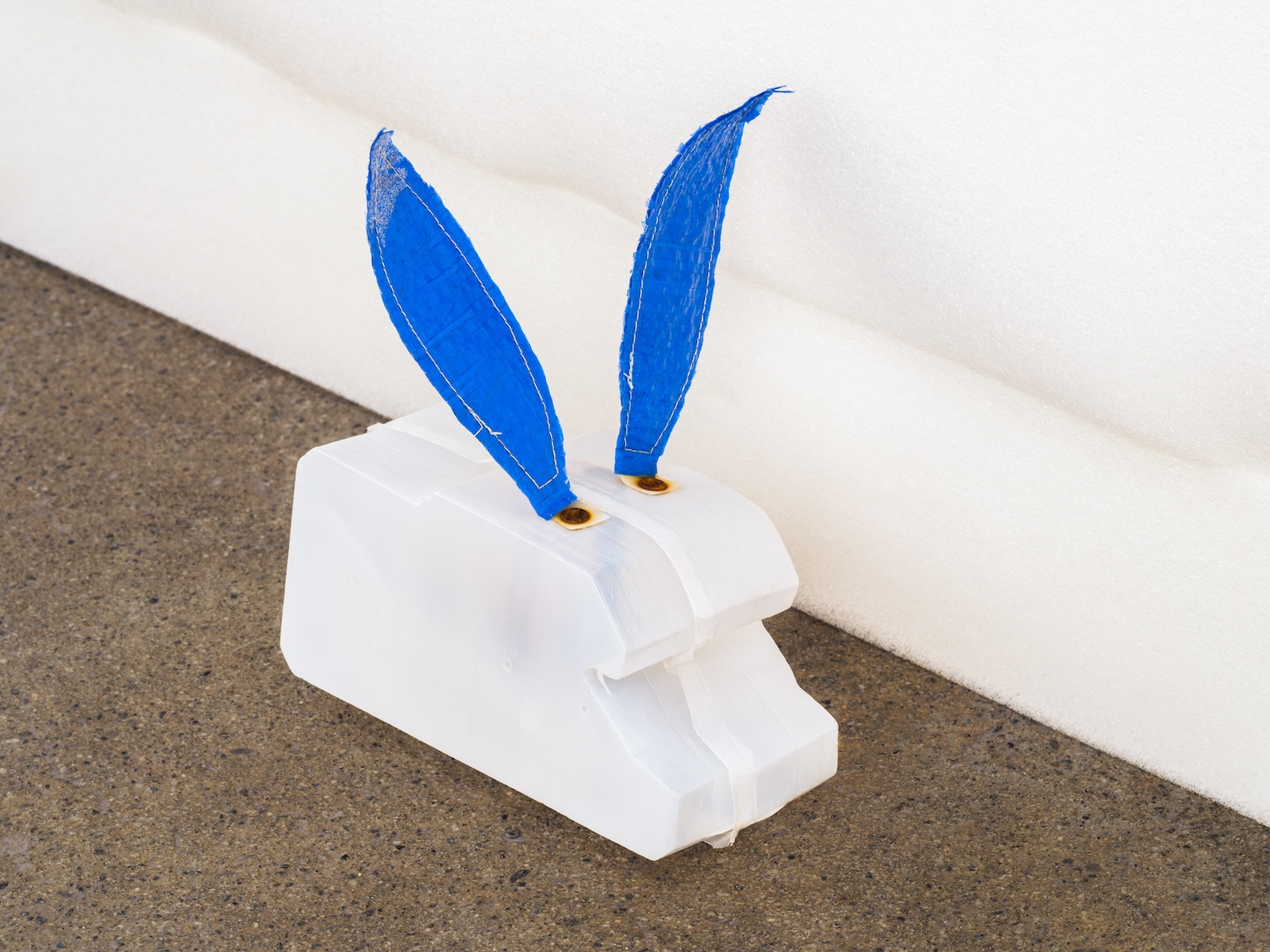
The bunnies allowed Wang to explore her lifelong interest in art that appears in unexpected, everyday places. Lately, she says, she feels increasingly interested in public and guerrilla art—and the tension between them. “I aspire to make artwork that’s relevant in someone’s life.”
At this point, nearly 20 years have passed since Wang first started painting RV studies and she has been obsessing over tarps for well over a decade. Will she continue?
“I would like to move on from them!” she laughs. “It’s a crummy material to work with—it shreds, it doesn’t melt well. I feel like I’ve kind of hit the limit of what I can do with it as a material.”
If she does move on to a new material muse, Wang will be looking for something that, like tarps, can tap into economic, environmental, and social themes all at once. “It’s got to be something underrated and immediately recognizable,” she says.
Marginalia is on view at Gallery 4Culture through Thursday, Dec. 5. A closing reception will be held that night from 6:00 – 8:00pm.
